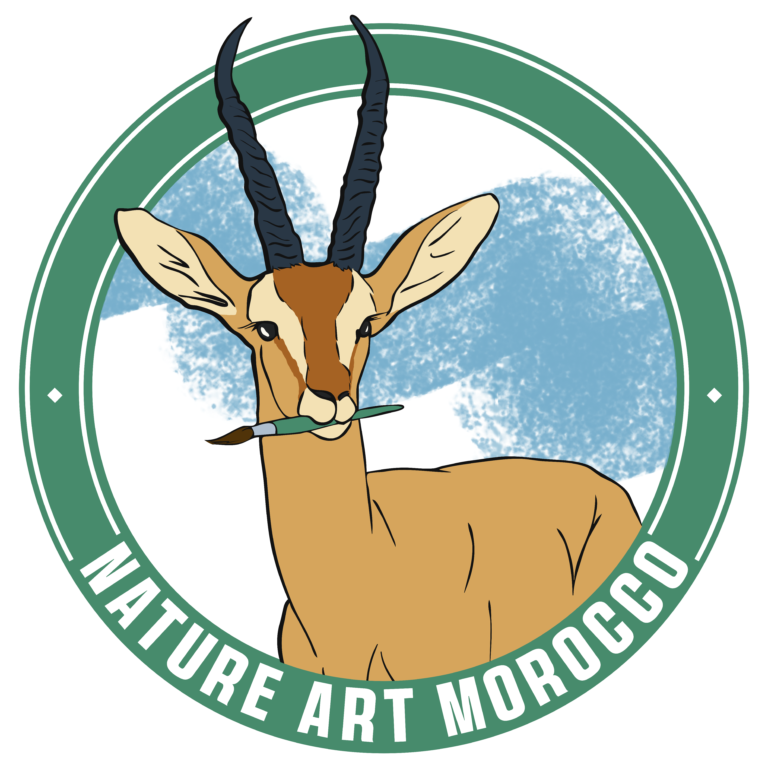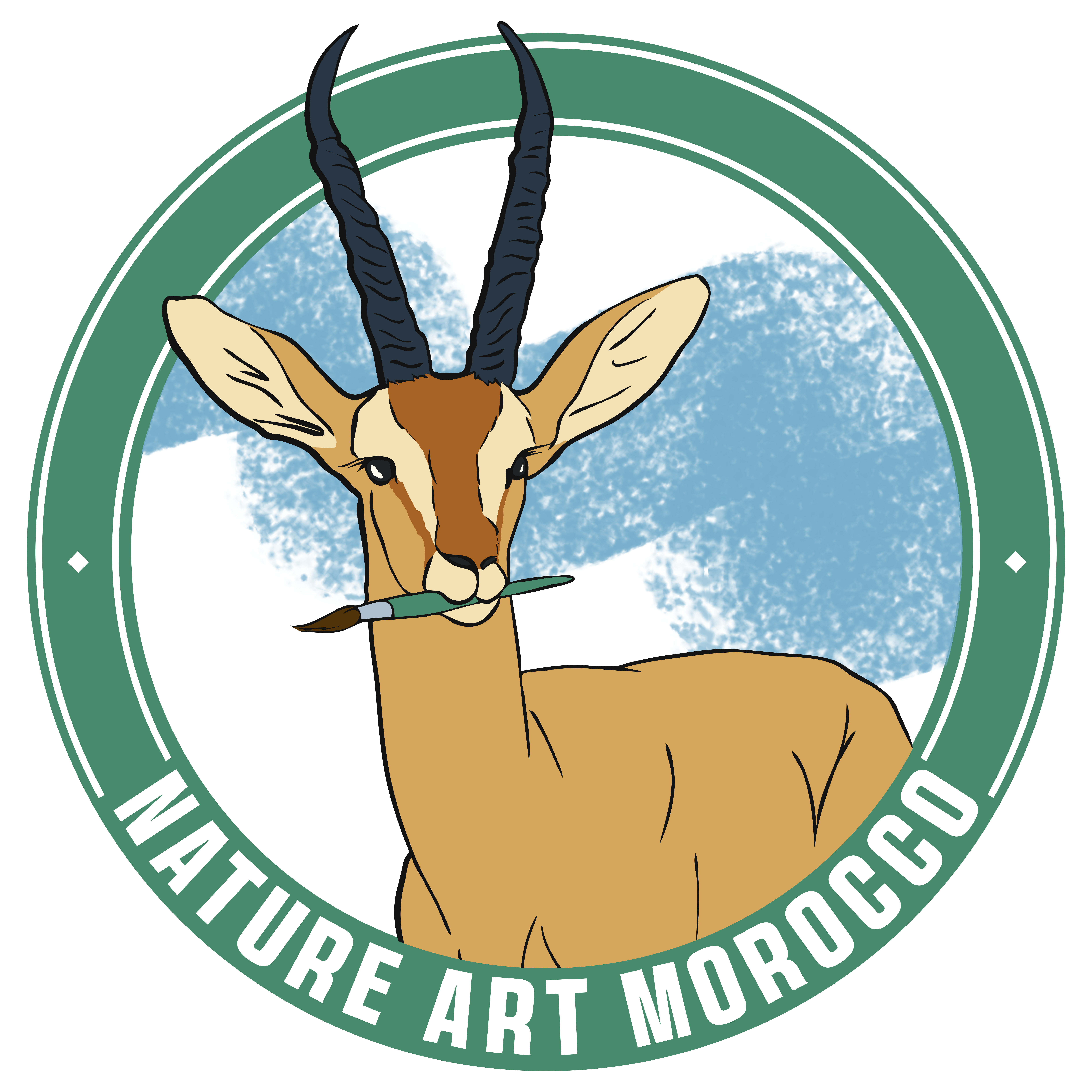14 Amphibians - 12 Frogs - 4 Endemic Species
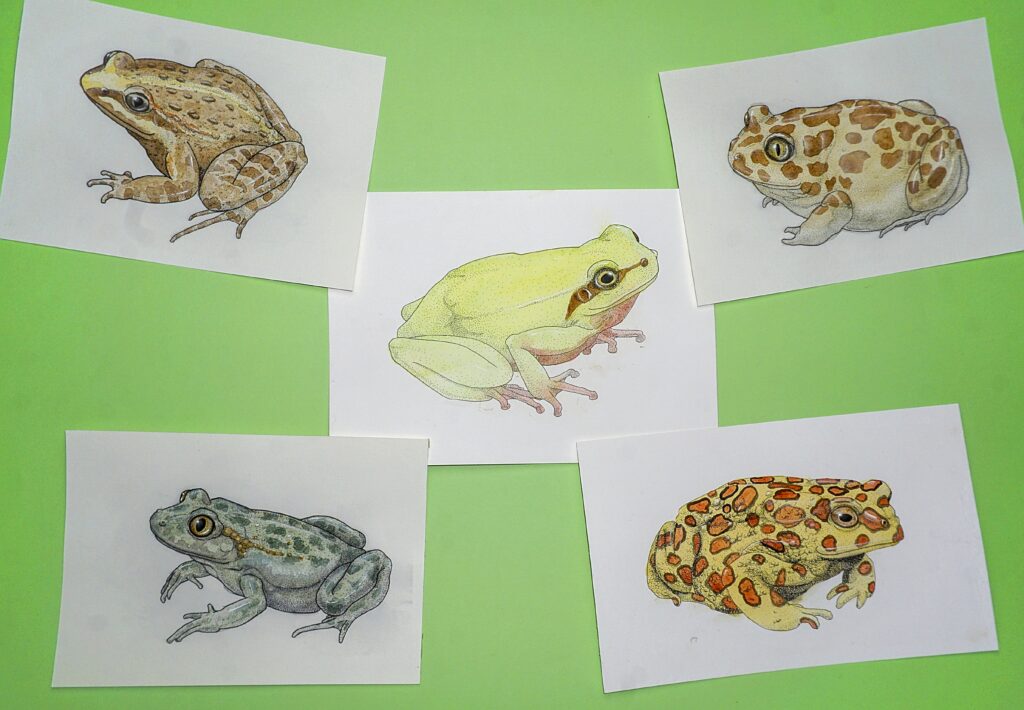
More than 7600 species of frogs and toads exist all over the world, representing 88% of all amphibian species! They are part of a group of amphibians called the order of “Anura”, which literally translates from Greek to “without tail”. This shared characteristic is a key feature as it allows us to differentiate between the adults from the frogs order and the adults from the salamander and newts order. These creatures are some of the oldest creatures of earth, as they have been roaming it since their supposed split from other amphibians around 265 million year ago. It may not look like it now, but once upon a time, back in the carboniferous days, amphibians ruled the terrestrial realm, way before dinosaurs.
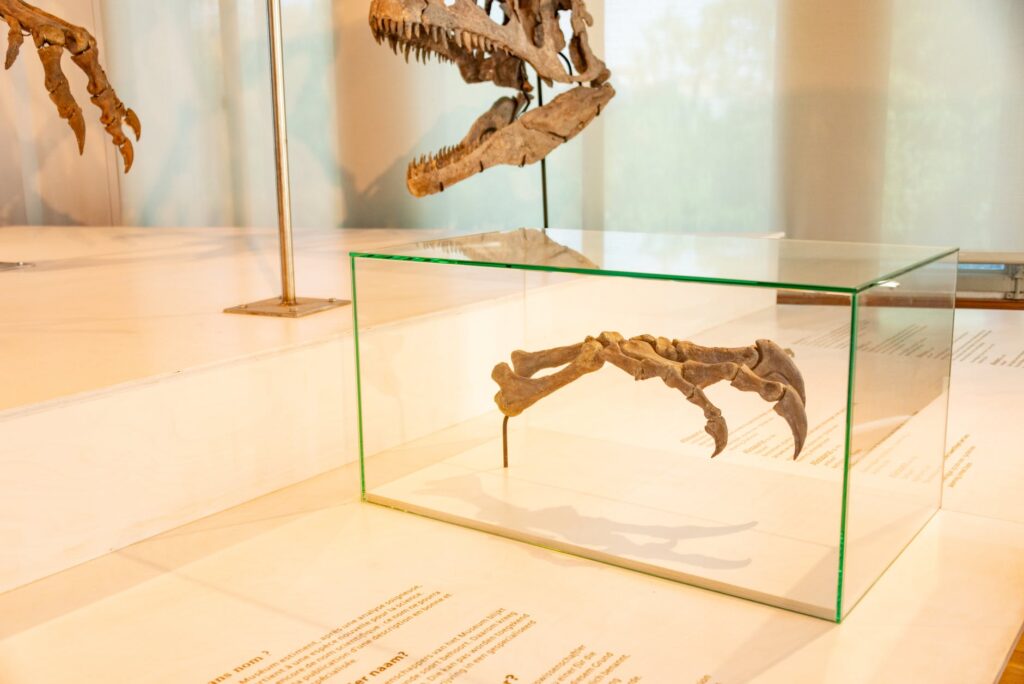
Frogs could be found all around the world, except for regions with extreme climates such as the African Sahara and the poles. While some of the anuran species can’t live without a constant presence of water, many other frogs and toads have developed their own adaptations to sustain long periods in absence of water. The most common form is what we commonly call “toads”. With their less permeable skin, they can venture away from water sources and live months on dry land. Some other forms burry themselves underground in drought seasons, sleeping their way to the next rain. No matter the ingenuity of these frogs to survive while dry seasons, no population of frogs and toads can sustain itself without aquatic habitats. All amphibians lay their eggs in water, where their juveniles will grow and transform to the adult form, thus the importance of the aquatic habitats, at least during the reproduction season.
Although the latter distinction between toads and frogs, as the frogs are closely tied to water whereas toads can withstand living outside of water, beyond this difference, the distinction between these amphibians lack taxonomic justification. Talking about taxonomy, anurans are organized in three distinct groups (sub-orders): Archeobatrachia (primitive frogs), Mesobatrachia (more advanced evolutionary) and Neobatrachia (the richest group of them all). Morocco is home to 12 species of frogs and toads representing all the three distinct sub-orders.
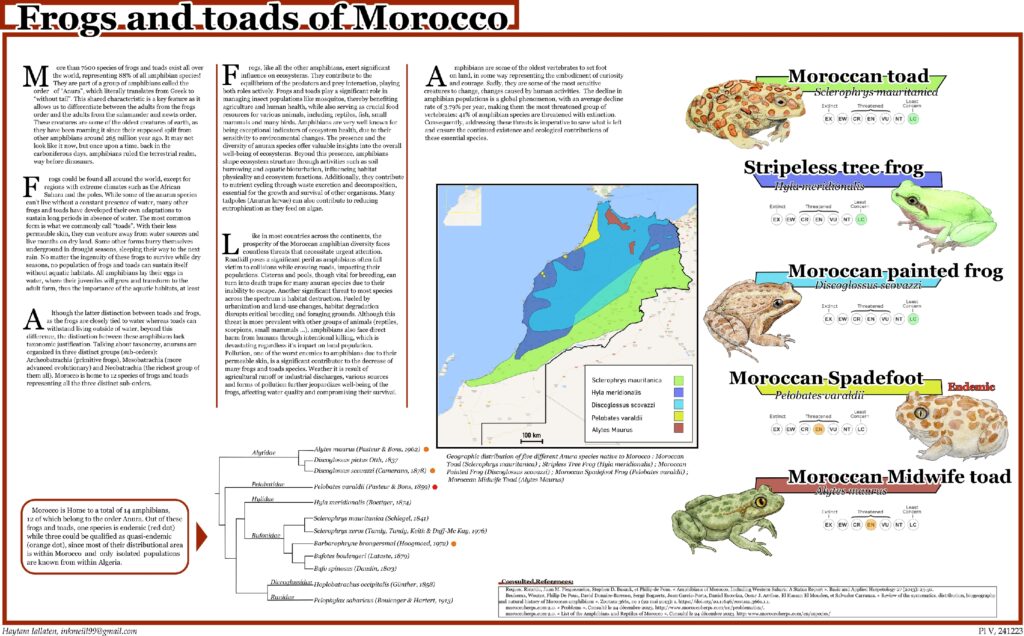
Frogs, like all the other amphibians, exert significant influence on ecosystems. They contribute to the equilibrium of the predators and prey interaction, playing both roles actively. Frogs and toads play a significant role in managing insect populations like mosquitos, thereby benefiting agriculture and human health, while also serving as crucial food resources for various animals, including reptiles, fish, small mammals and many birds. Amphibians are very well known for being exceptional indicators of ecosystem health, due to their sensitivity to environmental changes. The presence and the diversity of anuran species offer valuable insights into the overall well-being of ecosystems. Beyond this presence, amphibians shape ecosystem structure through activities such as soil burrowing and aquatic bioturbation, influencing habitat physicality and ecosystem functions. Additionally, they contribute to nutrient cycling through waste excretion and decomposition, essential for the growth and survival of other organisms. Many tadpoles (Anuran larvae) can also contribute to reducing eutrophication as they feed on algae.
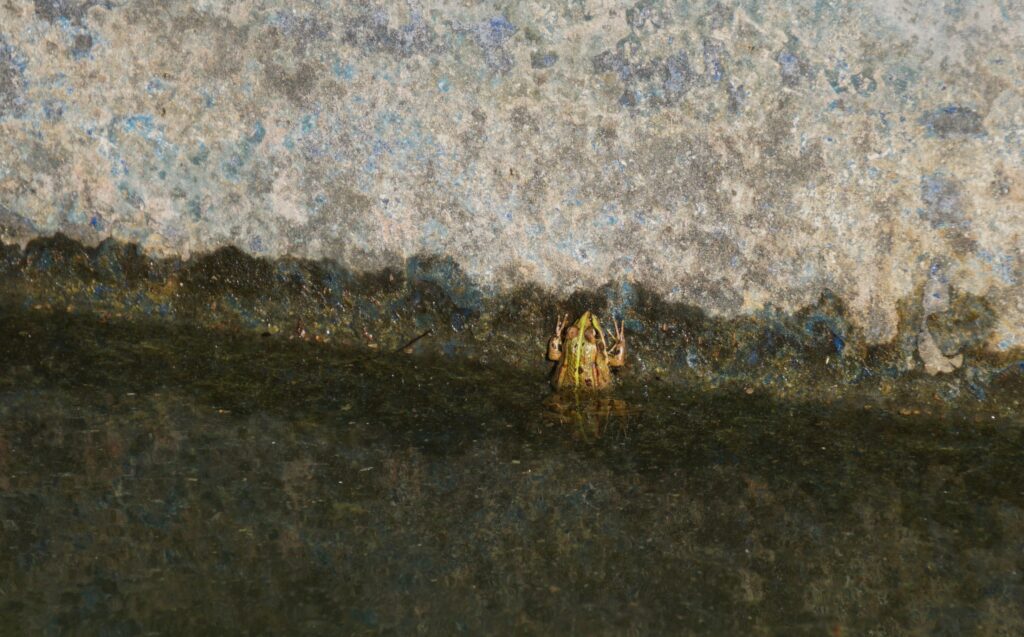
Like in most countries across the continents, the prosperity of the Moroccan amphibian diversity faces countless threats that necessitate urgent attention. Roadkill poses a significant peril as amphibians often fall victim to collisions while crossing roads, impacting their populations. Cisterns and pools, though vital for breeding, can turn into death traps for many anuran species due to their inability to escape. Another significant threat to most species across the spectrum is habitat destruction. Fueled by urbanization and land-use changes, habitat degradation disrupts critical breeding and foraging grounds. Although this threat is more prevalent with other groups of animals (reptiles, scorpions, small mammals …), amphibians also face direct harm from humans through intentional killing, which is devastating regardless it’s impact on local population. Pollution, one of the worst enemies to amphibians due to their permeable skin, is a significant contributor to the decrease of many frogs and toads species. Weather it is result of agricultural runoff or industrial discharges, various sources and forms of pollution further jeopardizes well-being of the frogs, affecting water quality and compromising their survival.
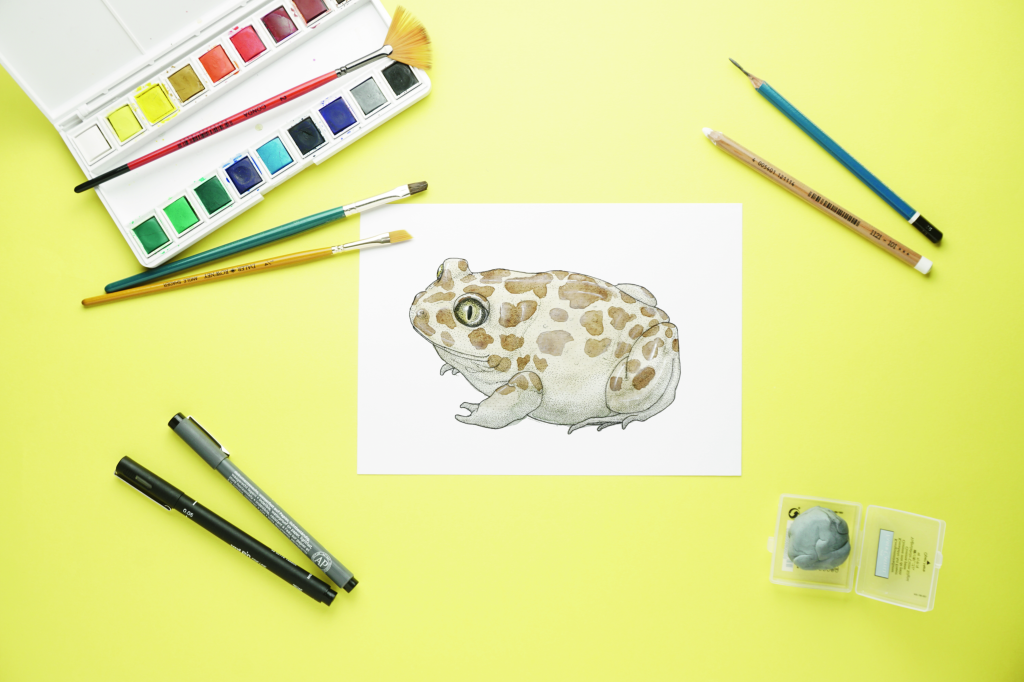
Amphibians are some of the oldest vertebrates to set foot on land, in some way representing the embodiment of curiosity and courage. Sadly, there are some of the most sensitive creatures to change, changes caused by human activities. The decline in amphibian populations is a global phenomenon, with an average decline rate of 3.79% per year, making them the most threaten group of vertebrates: 41% of amphibian species are threatened with extinction. Consequently, addressing these threats is imperative to save what is left and ensure the continued existence and ecological contributions of these essential species.
References:
- List of the amphibians and reptiles of Morocco : http://www.moroccoherps.com/en/especies/checklist/
- Ricardo Reques, Juan M. Pleguezuelos, Stephen D. Busack, Philip de Pous. Amphibians of Morocco, including Western Sahara: a status report. Chapter 25, Basic and Applied Herpetology 27 (2013): 23-50. https://ojs.herpetologica.org/index.php/bah/article/view/22
- Beukema W, De Pous P, Donaire-Barroso D, Boaerts S, Garcia-Porta J, Escoriza D, Arribas OJ, El Mouden el H, Carranza S. Review of the systematics, distribution, biogeography and natural history of Moroccan amphibians. Zootaxa. 2013;3661:1-60. doi: 10.11646/zootaxa.3661.1.1. PMID: 25333083. https://pubmed.ncbi.nlm.nih.gov/25333083/
